The turquoise sea, snow-white sand, and swaying coconut trees create an idyllic scene for a beach holiday. However, be cautious! Coconut palms mean coconut fruits on the top, which sometimes fall. You might think you're safe by moving under a tree with unassuming white flowers and smaller nuts, but beware! This tree is Cerbera odollam – a plant whose all parts are poisonous, earning it the nickname "suicide tree."
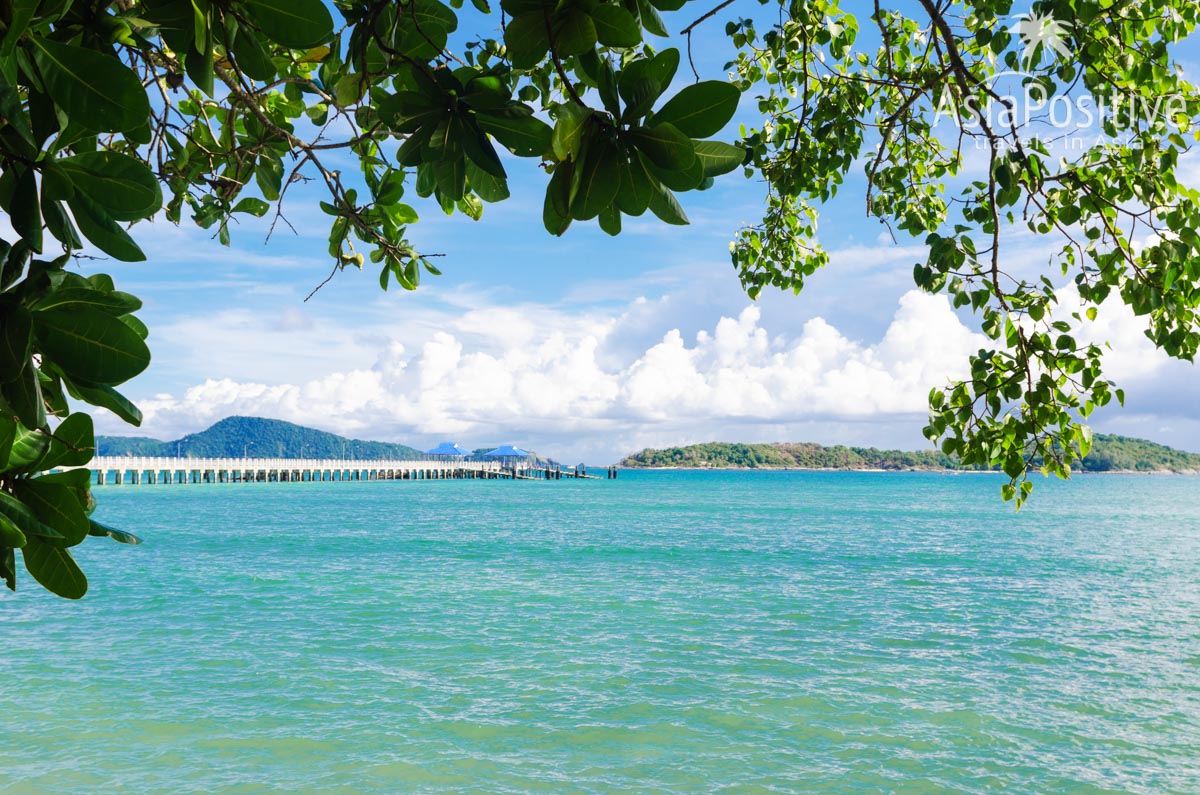
Relaxing under the canopy of such "poisonous" trees is generally safe as long as you don't ingest their leaves or fruits. Nonetheless, tourists visiting Thailand should be aware of the dangerous plants they might encounter on Thai beaches and beyond.
This article will introduce you to three common dangerous plants in Thailand, explaining what they look like and how to avoid potential dangers.
Falling Coconuts
While enjoying the shade of a coconut palm, it's crucial to stay vigilant for falling coconuts. A coconut dropping from a height of 4-5 meters can cause serious injuries.
Always check your surroundings and stay alert when resting under these trees.
Travel Tip: Consider purchasing travel insurance on websites like VisitorsCoverage or Tripinsurance for added protection.

Cerbera odollam – The Poisonous "Suicide Tree"
Cerberus is often planted in parks, gardens, and near dams for its excellent shade and adaptability. However, all parts of this plant contain cerberin, a potent poison that can cause cardiac arrest if ingested.
Mythology enthusiasts might recall Cerberus, the three-headed dog guarding the entrance to the underworld. This plant was named after the mythical creature due to the high toxicity of its poison. Even lighting a fire with Cerberus twigs can lead to severe poisoning for anyone nearby.
Characteristics:
- Flowers: White and inconspicuous
- Leaves: Large and provide good shade
- Fruits: Resemble walnuts but are much larger
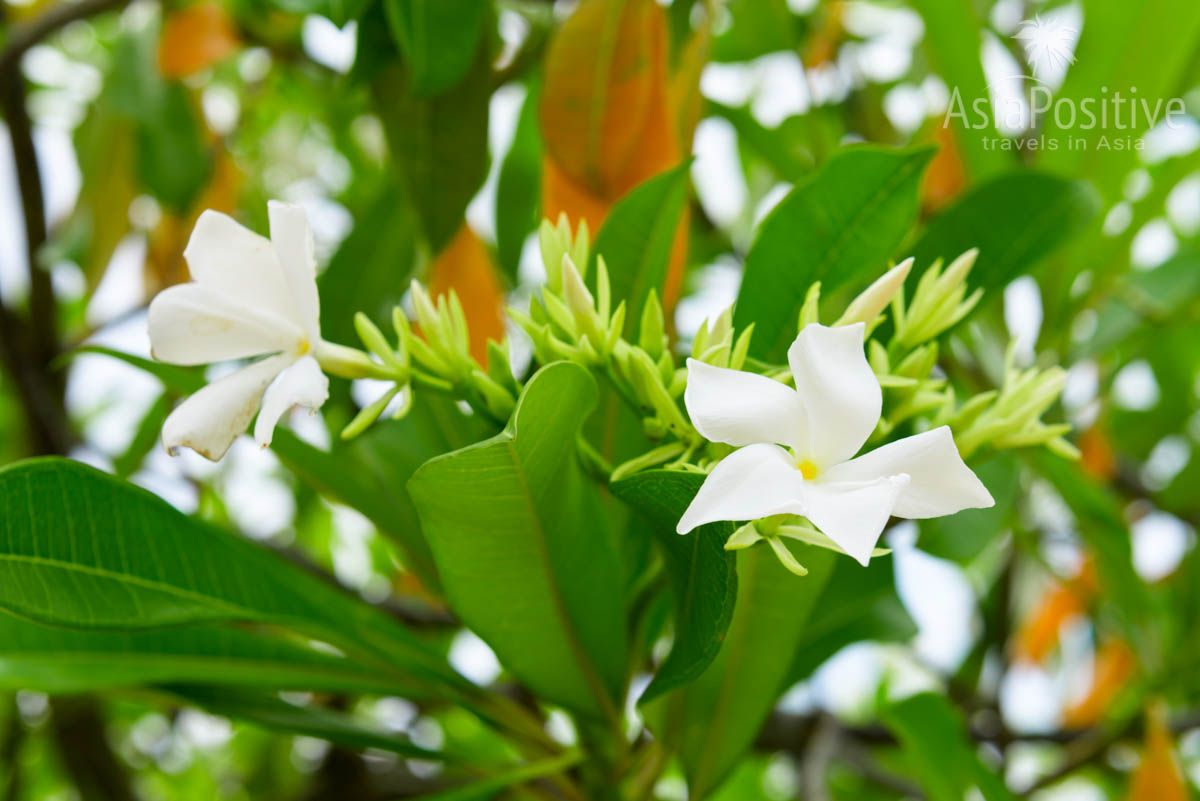
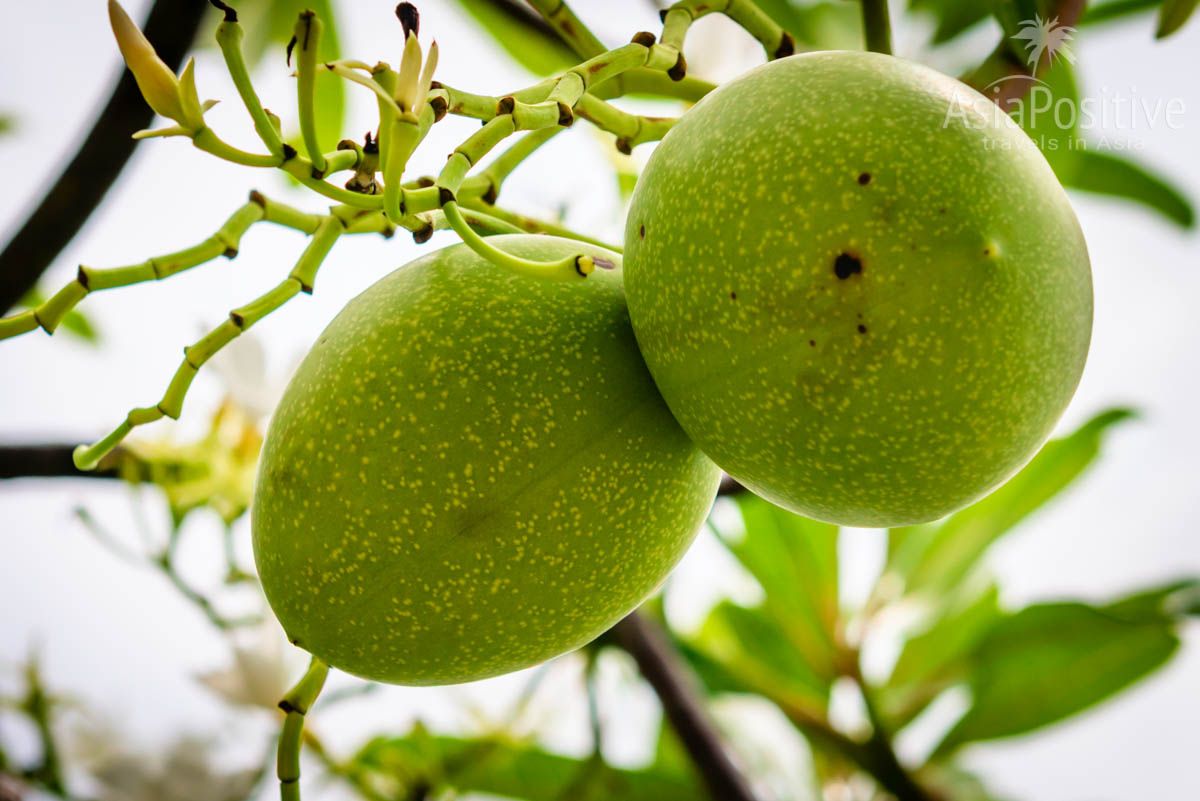
Barringtonia Asiatica – The "Poisonous Tree"
Known as the "sea poison tree," Barringtonia asiatica is another dangerous plant found in Thailand. In many Asian countries, locals use poison extracted from the fruits of this tree to catch fish. The fish die from suffocation, but their meat remains safe for consumption.
Characteristics:
- Flowers: Have a pleasant and robust smell
- Fruits: Carried by sea waves to various beaches and islands in Thailand
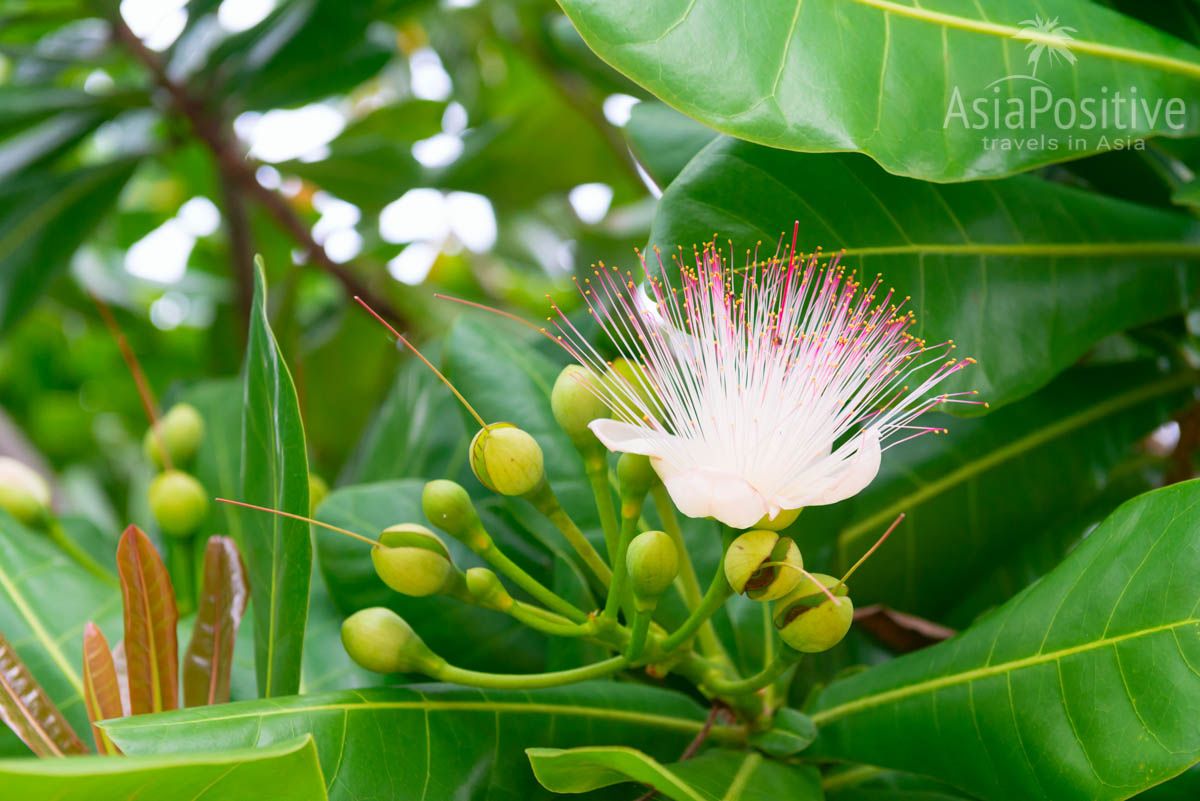
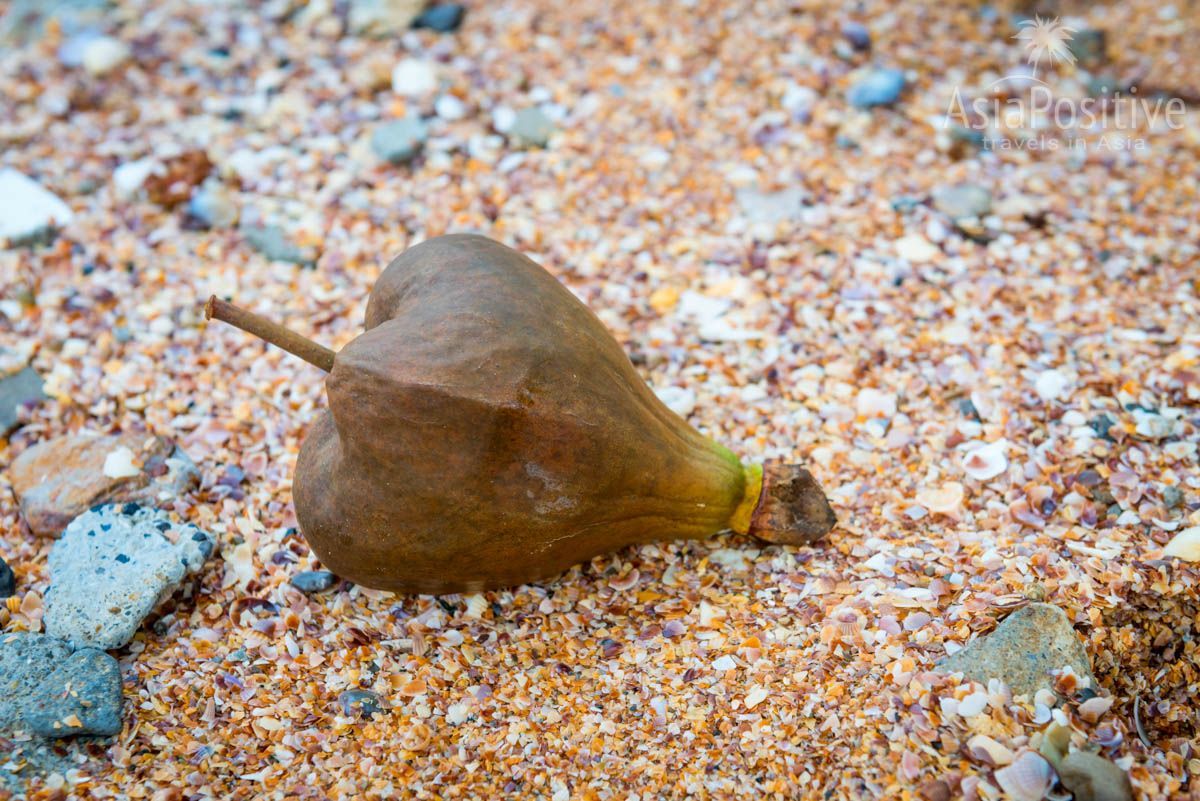
Safety Tips for Travelers
- Look Up: Be aware of falling coconuts when under palm trees.
- Avoid Ingestion: Do not eat any part of a plant in Thailand, especially if you are unfamiliar with the local flora. This is particularly important for children who might chew on twigs or leaves.
- Seek Medical Help: If you experience any signs of illness, consult a doctor immediately.
- Get Insurance: Medical treatment in Thailand can be expensive, so ensure you have medical insurance before your trip.
While poisonous or dangerous plants are not unique to tropical climates, there is no reason to avoid visiting Thailand, Malaysia, or Sri Lanka. Just be cautious and use common sense. Enjoy your holiday and stay safe!

